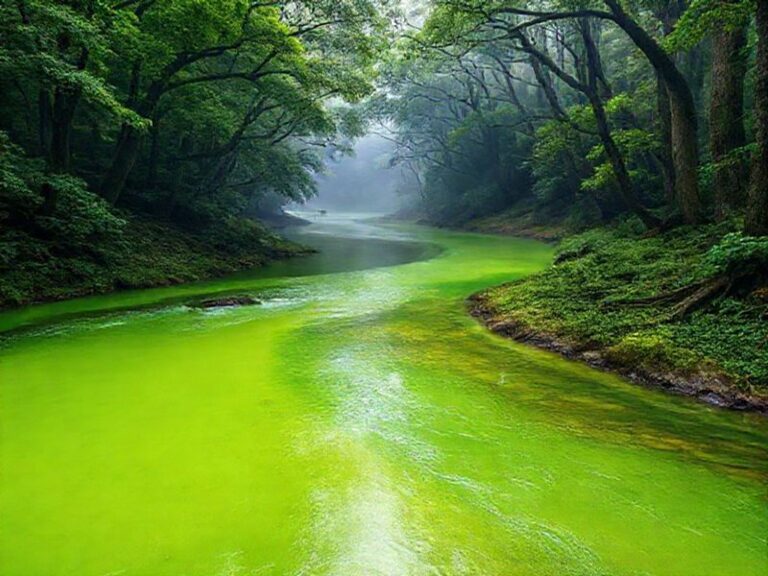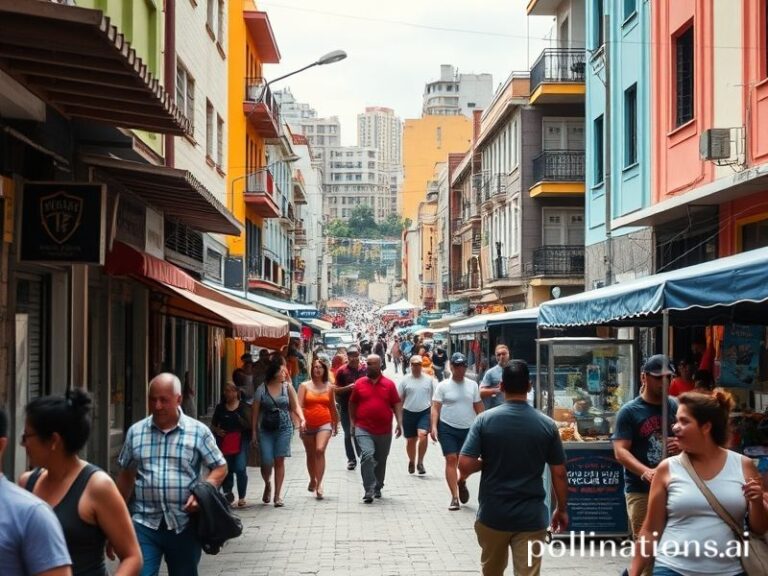Global Shrimp: How a Tiny Pink Crustacean Became the World’s Most Politically Charged Cocktail Garnish
Shrimp: The Tiny Crustacean Steering the Planet
They arrive pink, curled, and eerily compliant on cocktail platters from Dubai to Detroit, but the global shrimp economy is anything but docile. Beneath the cocktail sauce lies a supply chain so tangled it could double as a hostage negotiation: mangroves in Indonesia become fish-meal in Norway, which feeds shrimp larvae in Vietnam, which are flown flash-frozen to a Kansas Costco before you can say “surf ’n’ turf.” One misplaced comma in a Thai export form can ripple outward like a cholesterol spike, jacking up prices from Lagos to Liverpool. The world, it turns out, runs on tiny pink commas.
Consider Ecuador, which now ships more shrimp by weight than bananas—an agricultural Freudian slip if ever there was one. Government billboards in Guayaquil once boasted “¡El banano es oro verde!” Today the slogan might read “El camarón es oro rosado,” except no one wants to jinx the commodity that single-handedly props up the sucreless economy. When China sneezes—via sudden tariffs or merely a rumor on WeChat—Ecuadorian finance ministers reach for beta-blockers. Meanwhile, across the Pacific, Chinese consumers binge on garlic-butter shrimp hotpot as if trying to outrun demographic collapse one crustacean at a time.
The environmental scorecard is equally cinematic. To grow a single kilo of farmed shrimp you need roughly the daily water consumption of a small Portuguese village. Mangroves—those salt-water cathedrals that protect coasts from cyclones—have been chainsawed at the rate of one football field every ninety minutes in the name of protein that is 87% water and 13% self-congratulation. Climate change, never one to miss a buffet, now floods those newly naked shores with extra vigor. In Bangladesh, shrimp farmers watch salt water creep inland like a polite but inexorable houseguest who refuses to leave and brings his own erosion.
Labor stories lurk deeper in the freezer aisle. Thai peeling sheds—where workers devein shrimp until their fingerprints dissolve—were exposed years ago, prompting Western supermarkets to plaster “Sustainable!” stickers on packaging the way teenagers slap band logos on notebooks. The audits, of course, are scheduled in advance, giving factories just enough time to hide the underage workforce behind pallets of ice. A UN report delicately calls this “audit fatigue,” which is diplomatic speak for “everyone is very, very tired of pretending.”
Still, the shrimp-industrial complex rolls on, greased by the same human optimism that brought us subprime mortgages and NFTs. South Korea has begun 3-D-printing shrimp analogues from red-algae protein; initial taste tests suggest the texture lies somewhere between rubber band and regret. Not to be outdone, Singaporean labs promise “cultivated shrimp” grown in bioreactors shaped like giant lava lamps—perfect for Instagram if not the palate. Venture capitalists, smelling both disruption and cocktail sauce, have poured in enough cash to buy several actual archipelagos. None of this, mind you, has lowered supermarket prices.
And yet the crustacean keeps its diplomatic passport. At ASEAN summits, shrimp curry is served in quantities calibrated to offend no one. During U.S.–China trade talks, delegations nibble tempura while debating tariff schedules with the same detached fascination they once reserved for nuclear stockpiles. Shrimp, it seems, is the last neutral currency—pink gold in a world where everything else has already chosen a side.
So the next time you spear one with a plastic cocktail fork, pause for a micron of silence. That morsel has negotiated more borders than most humans, bribed more officials, and possibly sponsored more environmental devastation than your SUV ever will. Then drown it in sauce and move on; the planet is burning and happy hour ends at six. Bon appétit, fellow co-conspirators.







